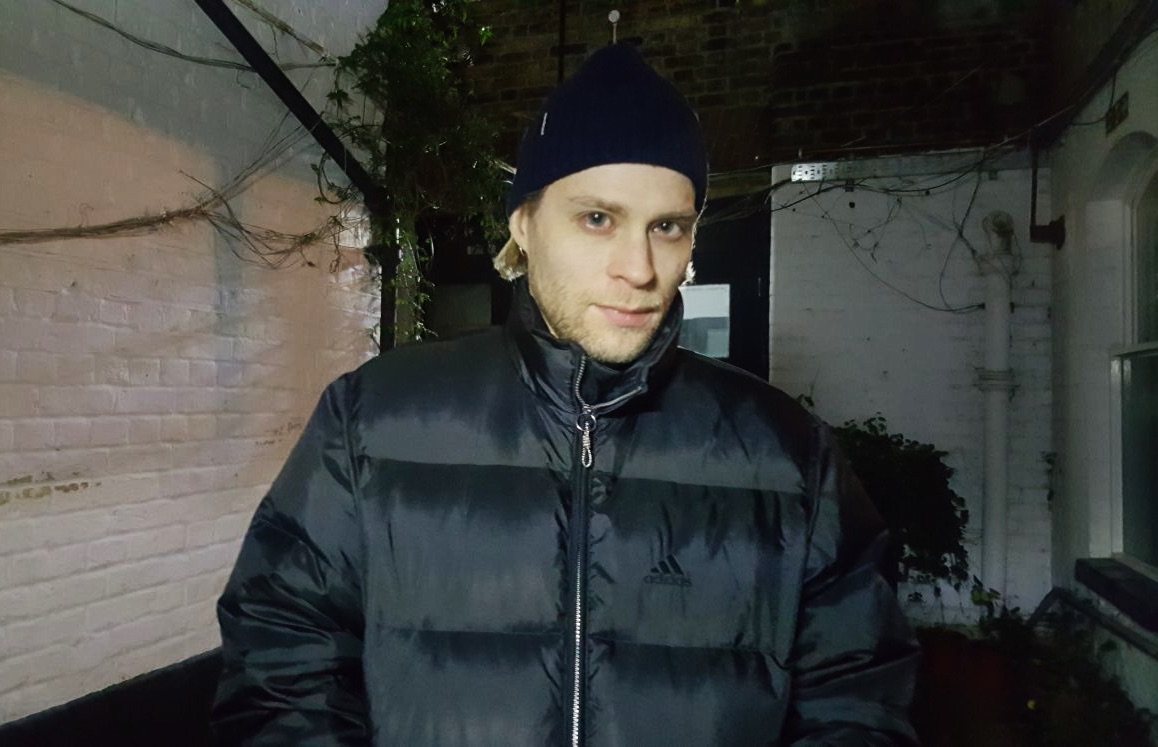
Interview with Josefina Nelimarkka
A series of interviews with SPACE Art + Technology artists in residence
What were you doing in the year leading up to the residency?
This past year has been very productive for me. I have carried on with my long-term research Kairos (that started in 2016) on climate, air and atmospheric motion: recording and observing the fleeting moments of weather and turning climatic events into material processes and interactive technology. My work is currently concerned with climate change, ecological reading and the politics of air.
I have specifically looked into the world of the nanoscopic aerosol particles and their influence on the climate system. This lead to a new body of work which I presented in my solo exhibition at HAM Helsinki Art Museum. The constant change of air both informed and influenced moment by moment: different layers of evidence and experience of the ongoing process overlapped. The installation and its augmented reality was continuously reconfigurated by sensor technology and climate data – even during the closed hours.
The atmospheric aerosols are the hyperflux of the climate, in their instability they reflect and absorb the unknown future. Due to my own atmos-chemical-material research with weather, I became interested in and continued working with the high reactivity and supposed invisibility of air as well as the climate effects – especially in terms of aerosol-cloud interactions and anthropogenic emissions. Collaborating with climate scientists has completely expanded this dialogue.
What are you working on at the moment?
Weather is a current of time, something that is simultaneously passing and remaining – an irreducible multiplicity of continuously changing determinants and striking temporality. Kairos as a philosophical concept of timely phenomenon is particularly important in my work. For me, it is about suspended and localised moments to do with survival and speculation. This has become a way of thinking through climate, yet it is also a meeting point of art, science and technology.
I have been working with my interactive AR application Kairos2. The real-time technology processes climate data to reveal the continuous change of atmospheric aerosol particles in augmented reality. Climate change concretely affects the work, being not only made by it but also rendering some of its complexity visible in this present moment. Although the application is about the ultimate reality, because of the unpredictability, it actually begins to project towards unknown futures. Also, this work is quite radical in its continuity, as it is on 24/7 – and moving with the viewer – until infinity…
I have developed the interactive mobile application and work with real-time climate data in order to address the questions around kairos, future and climate change with something that is even more closely tied to the present moment and the viewer’s physical location than my previous time- and site-specific processes. The application is a collaborative project with INAR – Institute for Atmospheric and Earth System Research. Working with climate data is not about reduction of Earth’s sensitivity but about bringing the complexity and expansion closer.
Within the invisible, transparent and unknown, the present moment becomes a means to understand the continuous process of climate, and to create one’s own relationship with it.
How have you found the residency so far?
The process-based nature of the residency is very valuable to me. For me, it was important to maintain openness with the progression of the work, something that the residency is supporting. The studio is an inspiring place to work yet a critical space in which thoughts, ideas and challenges are shared. Most importantly, the residency has given me time and space to expand and reflect on my practice. It has also given me the opportunity to meet amazing people during these past three months. Now the workshop is an exciting format to experiment with the ideas around my research, while sharing them with others in a way that engages all of us.
SPACE is a very welcoming and encouraging environment to work in. It has been wonderful to be able to contribute to the studio and discussion at the intersection of art and technology. It’s nice to see both individuals and organisations fostering this on-going dialogue.
What’s coming next?
Following on from my workshop at SPACE and working together with the paleoclimatologists from University College of London, I am going to focus on the notion of supersaturation for a new installation. My research and international collaboration on air and atmospheric phenomena will continue next year and will include a residency at a climate research station.
Workshop: Supersaturation + Cloud-Writing

Interview with Chris Wood

Interview with They Are Here

Interview with Max Colson

Interview with Millicent Hawk

Interview with Otto Byström

Interview with Paul Wiersbinski


